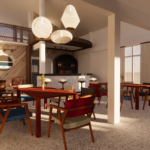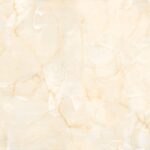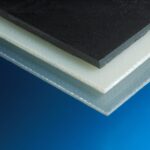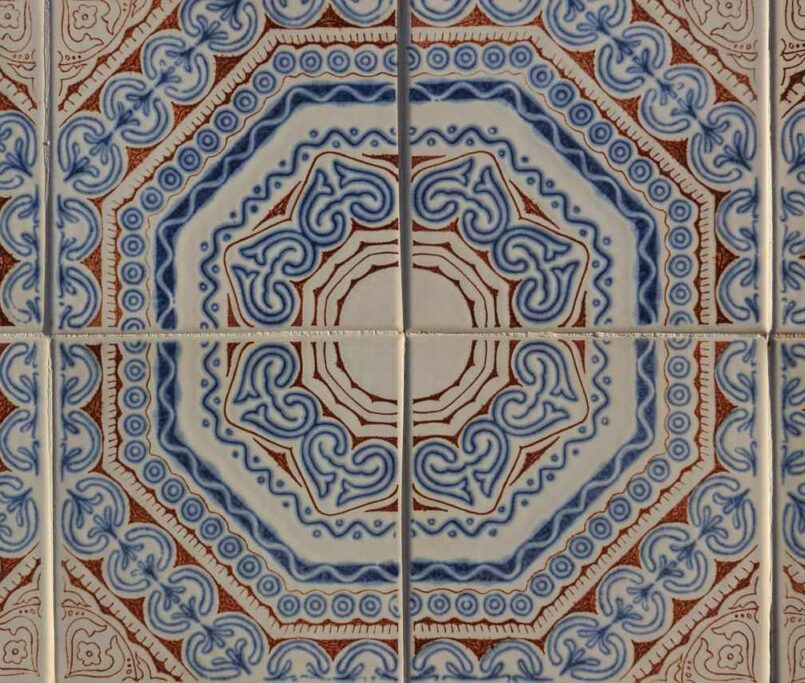When building or renovating a home on Koh Samui, the conversation usually centres around the big stuff: foundations, ventilation, roofing materials. But in truth, silicone sealants are one of the most cost-effective and overlooked protections you can invest in.
Why Sealants Matter on Samui
In Samui’s tropical climate, where intense UV, torrential rain, and constant humidity are part of the architecture challenge, small vulnerabilities become big problems. That narrow bead of silicone around a window frame or bathroom sink? It’s your first line of defence against water damage, mould, and structural decay.
When properly chosen and installed, sealants:
- Prevent slow leaks that lead to hidden water ingress
- Flex with expansion and contraction from temperature swings
- Resist cracking and brittleness from heat and sun exposure
- Minimise mould buildup in wet zones like kitchens and bathrooms
But not all silicones are made equal—and improper application is alarmingly common.
The Pitfalls of Poor-Quality or Incorrect Silicone Sealants
Many imported sealants that end up in Thai hardware stores are generic or suited to temperate climates. They may perform fine in a dry European bathroom but quickly degrade on Samui, where humidity, salt air, and UV radiation take their toll.
Problems you may see from low-grade or misapplied silicone sealants include:
- Peeling edges
- Shrinkage leading to gaps
- Yellowing or mildew growth
- Cracks that open with minor structural movement
Some cheap silicones also emit strong acetic acid during curing—fine on glass, but corrosive to aluminium or metal frames, leading to premature degradation.
Choosing the Right Silicone Sealants for Samui’s Climate
Look for:
- 100% neutral-cure silicone (especially near metals)
- UV- and mildew-resistant formulas
- High flexibility ratings (important for shifting joints)
- Clear labelling for tropical or high-humidity conditions
One commonly available high-performance type is neutral-cure oxime silicone, which is ideal for tropical installs and won’t off-gas acids. If you’re unsure, ask your contractor—or your architect—for a product that has been field-tested on the island, not just reviewed online.
Installation: Where It Often Goes Wrong
Even the best sealant will fail if:
- Surfaces aren’t dry and clean
- The bead isn’t applied consistently
- The sealant isn’t tooled properly to create full contact
- The joint is too wide or narrow for the product’s capacity
This is why resealing should never be rushed, and why installation should be supervised or checked—especially on properties built by budget contractors or rushed developers.
If you’re already renovating, it’s worth doing a quick inspection of vulnerable points. Fixing sealant is cheap. Water damage is not.
Final Thoughts from the Samui Build Front
Silicone sealants may not be glamorous, but they can be quietly brilliant when done well. It extends the life of your finishes, protects your investment, and keeps moisture where it belongs—outside. It’s also one of the few upgrades that pays for itself in prevention, not just aesthetics.
Want more advice on passive protection, smart detailing, and low-maintenance tropical builds? Check out our blog or get in touch. We also have videos of tropical material assessments on our Youtube Channel, which is well worth a visit.











